Gabriela is a real whizz-kid. Born and raised in Mexico City, she is involved in several projects that are all bounded by a strong dedication for language and literature. First and foremost she is a writer herself, covering themes from architecture and art to more political issues such as immigration and women‘s rights. This political awareness is reflected in one of her last projects, the publishing collective sur+, where she is one of the founding members.
Submerged in all sorts of creative fields, her house could most certainly be called a “creative residency”. At any point you can find writers, filmmakers, theater directors, political activists, from anywhere and everywhere that come to her house in Condesa, a historical district of the metropolis Mexico City. It was wonderful having Gabriela showing us around in her neighborhood. Condesa is characterized by it‘s old and beautiful buildings that are inhabitated by all sorts of interesting and creative figures of the past and the present. Around here Mexico City feels like a small town and for a moment you forget about the rest of the 23 million people.
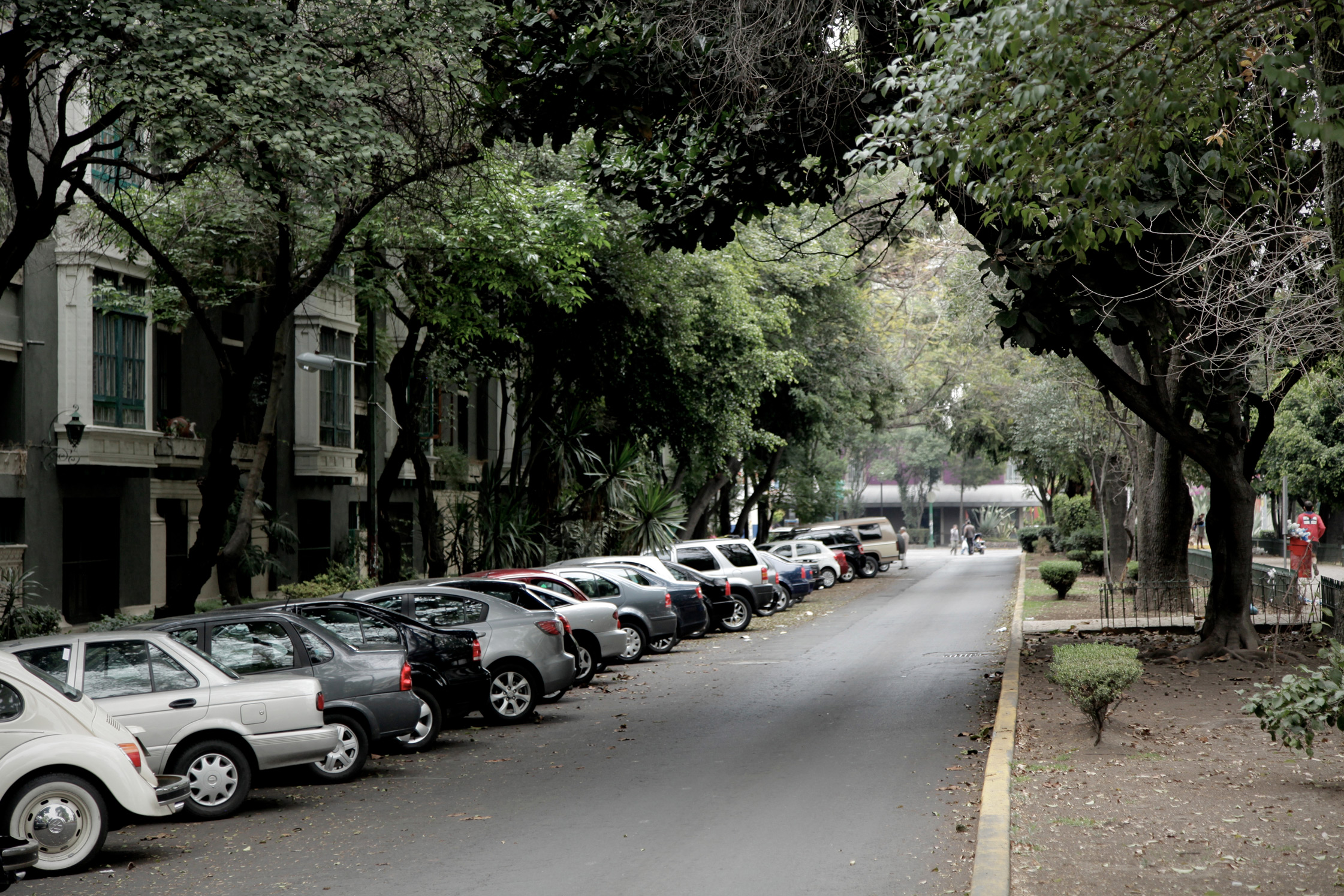






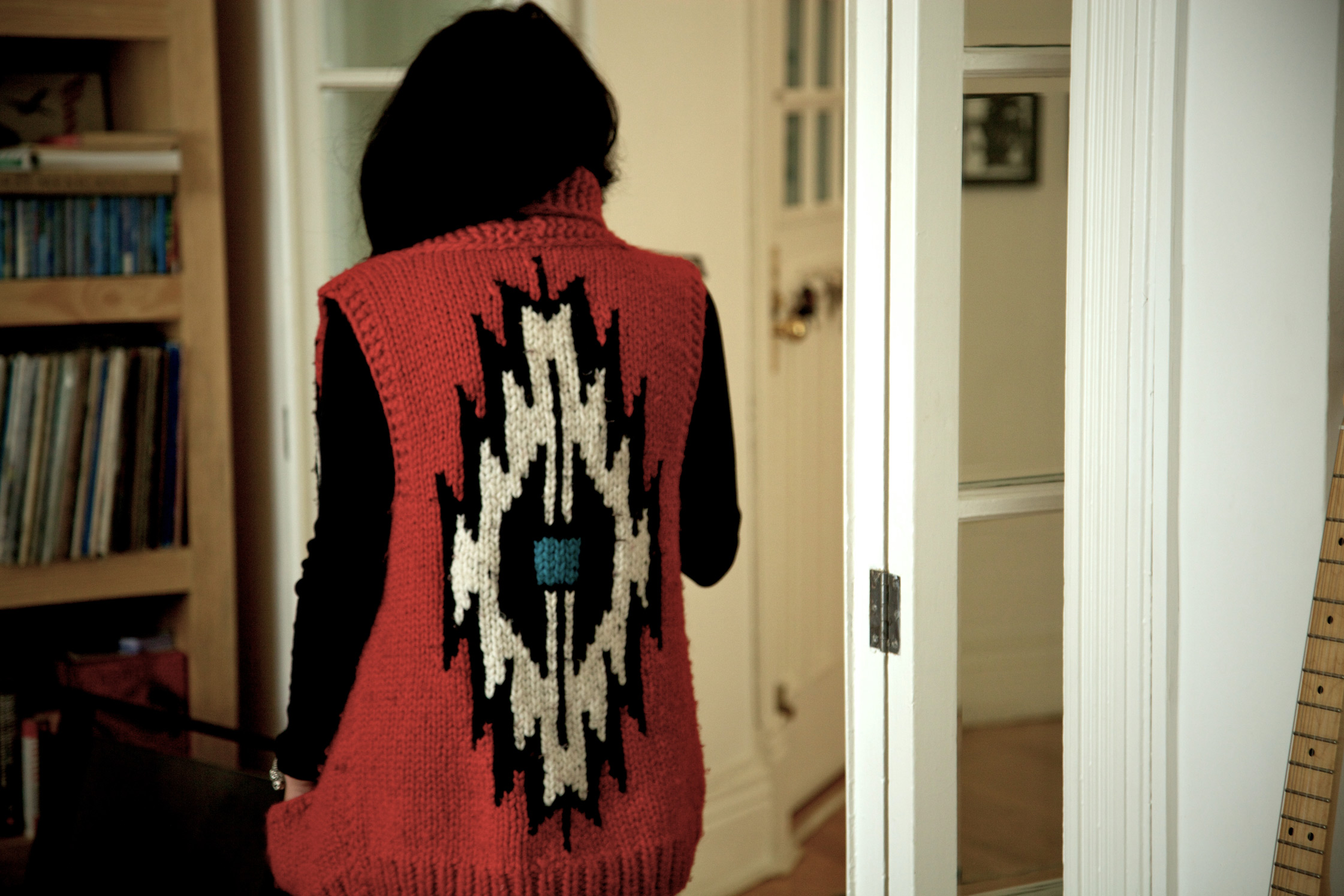








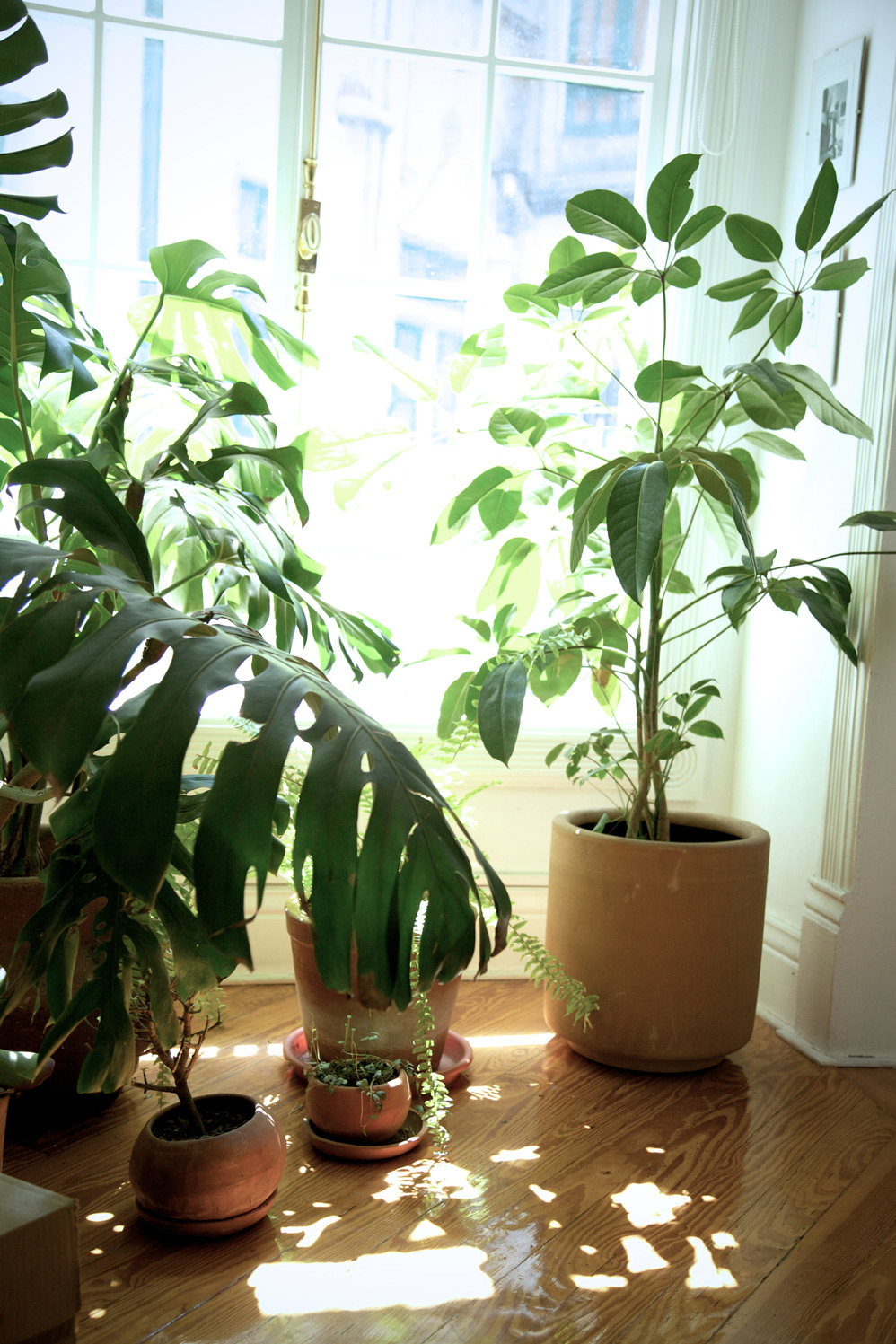


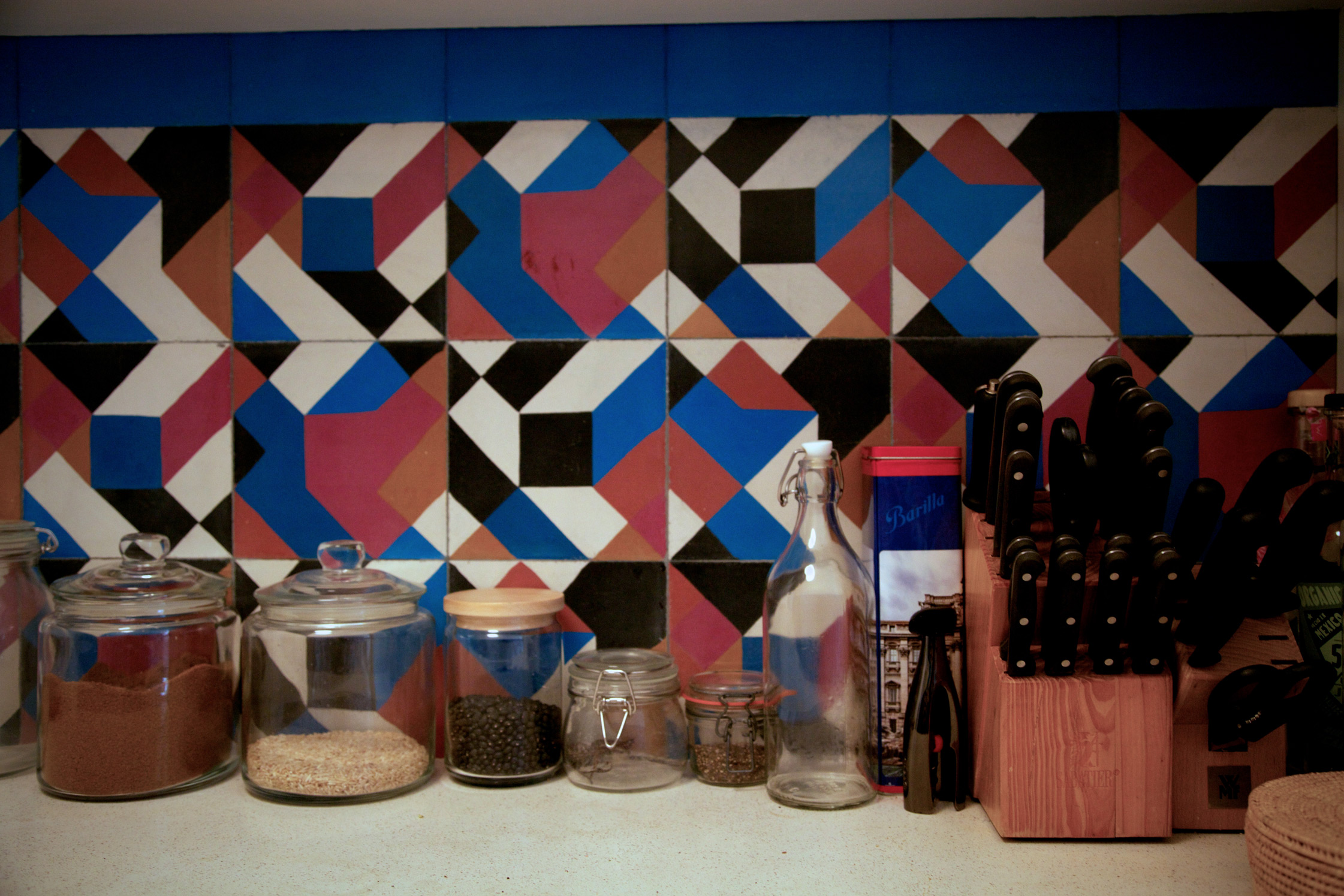
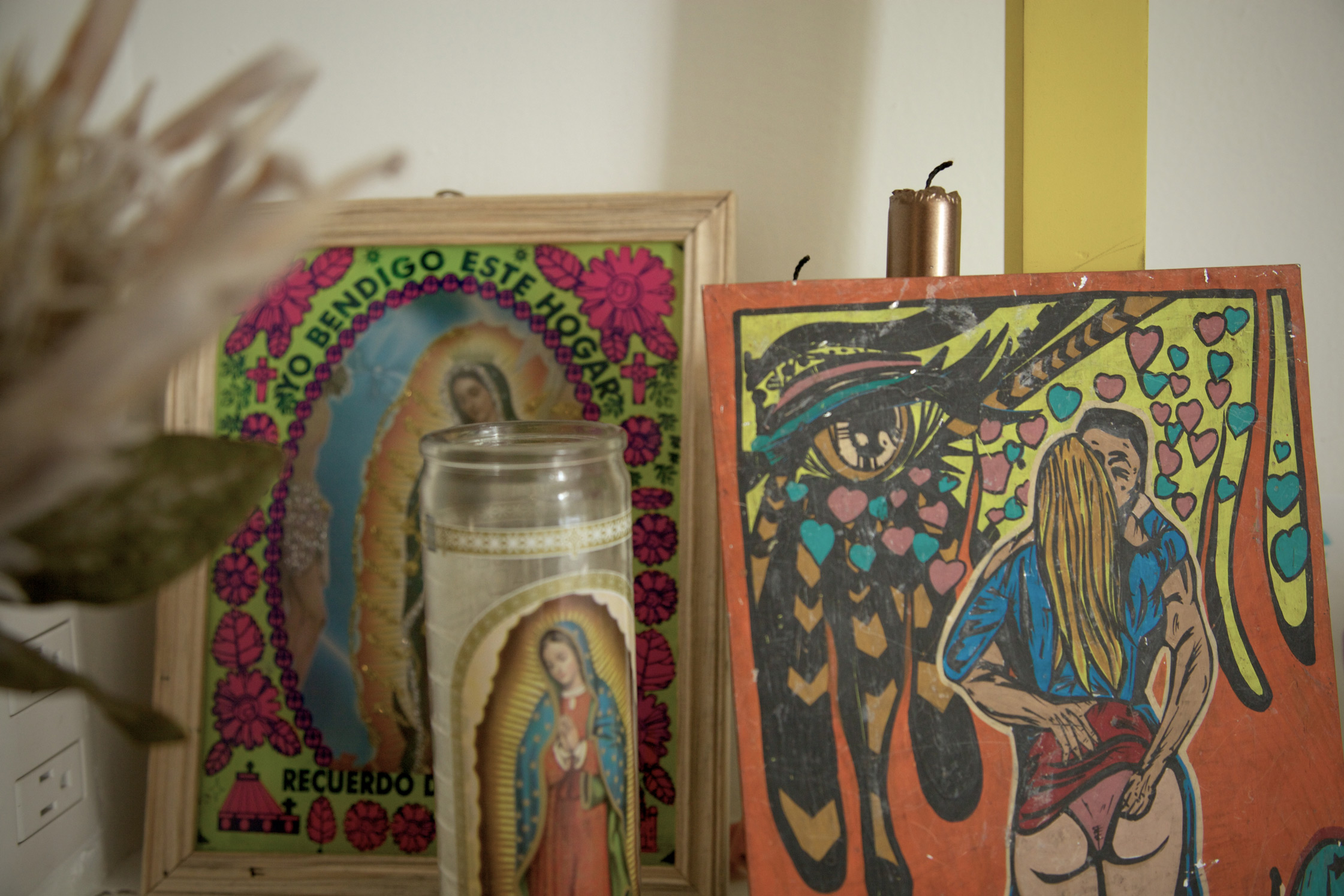



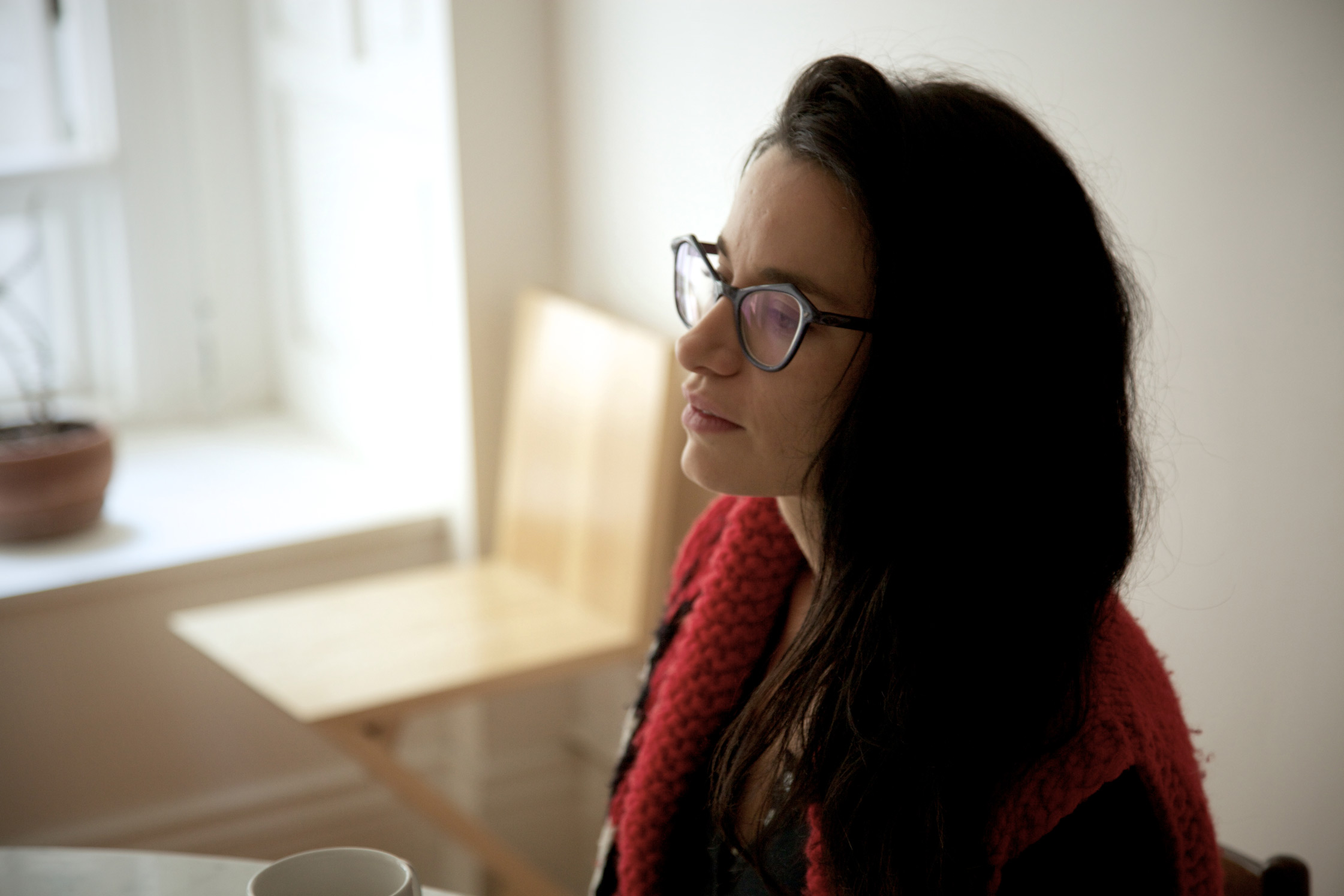









Tell me about some of the projects you’re involved in. You have a band, right?
Yes, I used to be in a Band called SEX in Los Angeles. When I moved away we still wanted to play, so Debbie, one of the members of SEX, came with me to Mexico City and we continued to play together. Some time later, four of us started a new band called N.I.D.A.D.A. None of us were musicians but writers, translators, architects and so on. We love music! We’ve been together for about nine months now, written seven songs and recorded them for Vale Vergas Records who offered to be our label. The record should be out in about a month, self titled.
What‘s your music like?
We have sort of a tribal-shamanistic post punk vibe going on, it’s hard to describe…There is a trancey, dancey feel, a repetitive element and a little bit of ESG in there. Also we’ve been told we remind people of the Raincoats.
Who writes the lyrics?
We all do. One song is from this poem I wrote. I borrowed lines from all kinds of manifestos- starting with the communist manifesto, and then moving to the Dadaist and the Anthropophagic manifesto. I took the parts that seemed very sexual from these serious political, sometimes very boring manifestos and made the lyrics for this song. Another one is a piece of the dialogue from Jodorowsky’s film “The Holy Mountain“…
Tell me about your upcoming book…
My newest book is called “Taller de Taquimecanografía“, it’s a collaboration between four women artists-writers: Monica de la Torre, Laureana Toledo, Aura Estrada and myself. The idea was to make a collective writing experiment in the spirit of Avant-garde movements like OuLiPo, Dada, etc. but only with women, mocking the machista chauvinistic vibe that some of those movements implied, but also showing that women are more than ventriloquists, or typists, or secretaries, but authors and they have a voices (this may sound irrelevant in Europe, but in Mexico it’s really not).
How do you perceive the development of Mexico City in the last years?
The climate has changed, both for better and for worse. For the better: the city is much more open, the country is much more open—I mean, it’s one of the first cities in the continent that allowed gay marriage on the one hand, on the other it’s also one of the most impoverished metro-poles in the northern hemisphere. Mexico is a city full of contradictions, which I think is partly what attracts people—it definitely attracted me! There are very impressive, amazing things going on and there is really retrograde fucked up shit going on too. It’s like a miniature version of what goes on in the world at large: while some are dining on Nobu Matsuhisa’s latest sushis, around the block others have no sewage: it’s like Europe and Africa all packed into a city.
What do you think attracts people to the city?
There are people who come and are particularly interested in what’s going on in the City or the country specifically, they come here to be a part of the art world or the music scene and contribute to the dialogue… I’m sure lots of people come here to produce stuff because it’s more affordable too. But I don’t think that’s the main draw. As you know, in the past Antonin Artaud was living here, Andre Breton and all these crazy artists- Tina Modotti and Leon Trotsky moved here in exile. So there was a scene here and I feel there are people who come to revisit that. Also I know of many people who come for two weeks and then just never leave. So there is also the random factor of falling in love with the city.
Yes, that does seem to happen a lot… You also write for some art magazines, such as Frieze, right?
Yes, they realized they needed a presence in Mexico, someone reporting back. This has to do with your previous question. People keep noticing that things are changing, things are going on… So I am happy to write about what I see going on. But I also like writing for local publications.
Do you feel that Mexico has been getting more attention lately?
For many years now, curators and collectors have been coming here, and collecting contemporary Mexican art. But all of a sudden there is also a boom in many other areas like independent publishing. I mean, you should see how many cool press we have at La Jicara, our bookstore in Oaxaca, that are Mexican— and not just from Mexico city, but from Oaxaca, Guadalajara, Campeche and Monterrey. Then in the independent music scene there are all these small labels that are popping up or that have been around for a few years doing really interesting things.
Even party-wise, as silly as that might sound, things are shaking on a new level. I mean, the Ghetto Gothic party came from New York to Mexico, hasn’t yet gone to London…they chose to come here first!
Do you think that borders are more open within the creative scene?
No. Sadly I don’t think that borders are more open for everyone. I’ve encountered really talented creative people who have been stuck without a visa because their bank accounts aren’t full of money. They even have letters of invitation from institutions like the MoMA and they can‘t travel. So there is still an issue for Mexicans to travel abroad. On the other hand, the borders inside the country are more open: as we’ve been saying, more people are coming in, flowing through the city, adding to the mix. But not just people, before it was very hard to see or hear of certain things, to watch certain films, get a particular record, or get books from Argentina or the U.S. even; now it’s less difficult. This doesn’t only have to do with the internet, of course, but also with the way the country has changed.
Are there more outlets for creativity? In terms of galleries?
The art scene has been quite vibrant since the 90‘s, especially spaces that are done by artists made a real difference in the art scene and gave many contemporary artists visibility. Also, kurimanzutto and OMR (two known galleries in Mexico) have been around for many years, but now there are many smaller but equally committed art galleries like Yautepec, Proyectos Monclova, Petra or Gaga.
Do you feel Mexico is serving as a Platform for international artists?
Definitely. Historically, Mexico has been a platform for international artists, a place where they’ve come to work, like Buñuel and I think that has never stopped even though, I feel that the late 70’s and 80’s were kind of a dark period, but that has more to do with the political outlook in Mexico at that time. And then another sort of wave of foreign artist came, like Santiago Sierra and Francis Alys who are now very big names, and still it serves as a platform for Mexican artists who moved abroad and did very well, like Gabriel Orozco.
Tell me about sur+…
sur+ is a collective publishing house. We started it because we are all friends and we all wanted to publish texts that weren’t easily available in print here, and that would be as radical in their esthetics as they would be in their politics. The name sur+ came out of a word play that emphasizes the south in a world dominated by the north and also plays with the French word surplus— which means “left over“, something that exceeds the system.
When and how did it start?
It began in 2009. Other than what I just mentioned, the pretext was that John Berger gave us the Spanish-language rights to his books, and the first one we wanted to publish was his book about immigration written in the 70’s called ‘A Seventh Man’. But while we finished that translation, which took about 3 years of collective work, we began publishing two different poets: Tom Raworth, an amazing English-Irish poet who is probably one of the most intensely daring shapers and shifters of language in the past fifty years and after him, Juan Felipe Herrera, a poet who was one of the founding members of the Chicano movement in California. After that, we’ve published essays, short stories and novels by authors from Mexico, Nigeria, Italy and all over Latin America. We have a collection that focuses specifically on migration, issues that deal with borders. This year we’ll publish several books, including a young Mexican writer, Tania Barberán’s but also a novel by Ferrez, from Brazil and essays by Vivian Abenshushán, and To die in Mexico by John Gibler, to name a few. We’re very busy and excited!
You also co-own la Jicara, what sort of space is it?
La Jicara is an independent bookstore located in Oaxaca city, and it’s also what we like to call a librespacio or “freespace”. Aside from the bookstore, we have a small restaurant that helps support the project and a small exhibition space that serves as a platform for various artists, performers, NGO’s, bands, activists and so on, to present their projects. We also do film screenings and everything is free and open to the public. It attracts all kinds of people: from indigenous activists, feminists, skaters, older and very well known Oaxacan artists, writers, ex-pats with their kids, the local grandmother from around the block and on a busy night you’ll find a good sampling of the fauna that populates Oaxaca.
Read more about Gabriela‘s project sur+ and have a look at her homepage.
Interview: Stephanie Manrique
Photos: Santiago Sanchez
